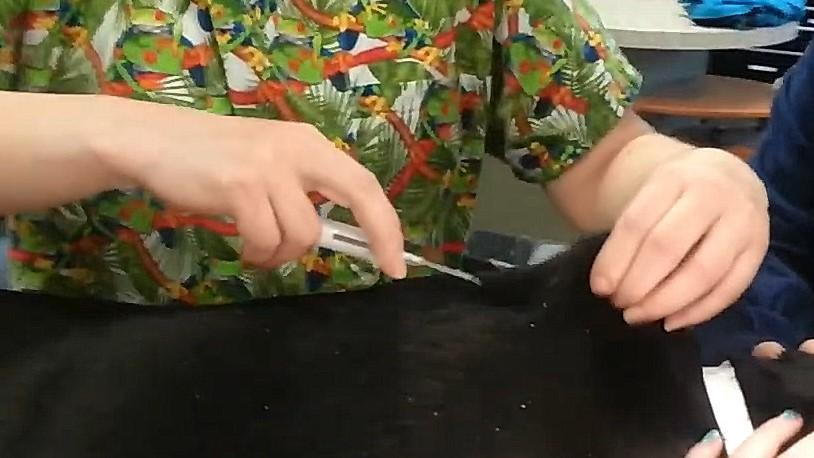Is a Microchip Right for My Pet?

- posted: Aug. 15, 2021
Is a Microchip Right for My Pet?
A microchip provides your pet with a permanent form of identification so your pet can be reunited with you in the event he or she becomes lost. Microchips are easy to implant beneath the skin, and no sedation is needed. For dogs in Pennsylvania, a microchip number can also serve as a lifetime dog license.
Just what is a microchip and how does it work? Microchips are small, glass coated electronic radio transmitters (RFID or Radio Frequency Identification). They are about the size of a piece of long-grain rice and are safe and non-reactive. The chip does NOT emit a constant signal and is NOT a tracking device. It simply stores a unique number like a bar code which is revealed on a scanning device that picks up the radio frequency signal from the chip when the scanner is waved over the chip. The microchip’s unique number must be linked to your information in the chip company’s data base. Make sure to update information in the database if you move or your information changes. At this time, there are many different companies that make microchips and several different frequencies used but, luckily, all should be detected by universal scanners. Most veterinarians and animal shelters should have a scanner available.
Are there any risks with implanting a microchip? Thankfully, risks associated with microchips are extremely low, but there is a slight chance of infection at the implantation site or injury to the spine if implanted improperly. Microchips are implanted under the skin between the shoulder blades. Please have a veterinarian, technician or trained shelter employee implant your pet’s chip to prevent injury. Occasionally, the chip may move or “migrate” to another area beneath the skin but this does not harm the pet and should not affect how the chip works. On very rare occasions, the radio frequency may fail and the chip cannot be read. If this happens, a second chip can be implanted. We generally do not remove the defunct chip.
You may have heard rumors that microchips cause cancer in pets. This information is not entirely true. Of the millions and millions of pets who receive microchips worldwide, only two cases of tumors that have formed around a microchip have ever been identified—one cat and one dog. Two. Both had the tumors removed and recovered. The risk of tumor formation is so low (literally 1 in 1.8 million) it is considered insignificant and the benefits of a chip far outweigh any risks.
And, while microchips serve as a permanent form of identification, they should never replace wearing a collar and ID tag on your pet as having visible identification is the quickest way to get your pet back to you.
Even if your pet spends all her time inside the house, it may not be a bad idea to consider a microchip. It only takes one time for your pet to slip out the door and become lost. Patton Veterinary Hospital offers microchipping for both dogs and cats. Ask us about a chip at your next visit.
This blog brought to you by the Patton Veterinary Hospital serving Red Lion, York and the surrounding communities.
https://www.petfinder.com/dogs/lost-and-found-dogs/how-pet-microchips-work/
https://www.avma.org/microchipping-animals-faq
Location
Patton Veterinary Hospital
425 E Broadway
Red Lion, PA 17356
